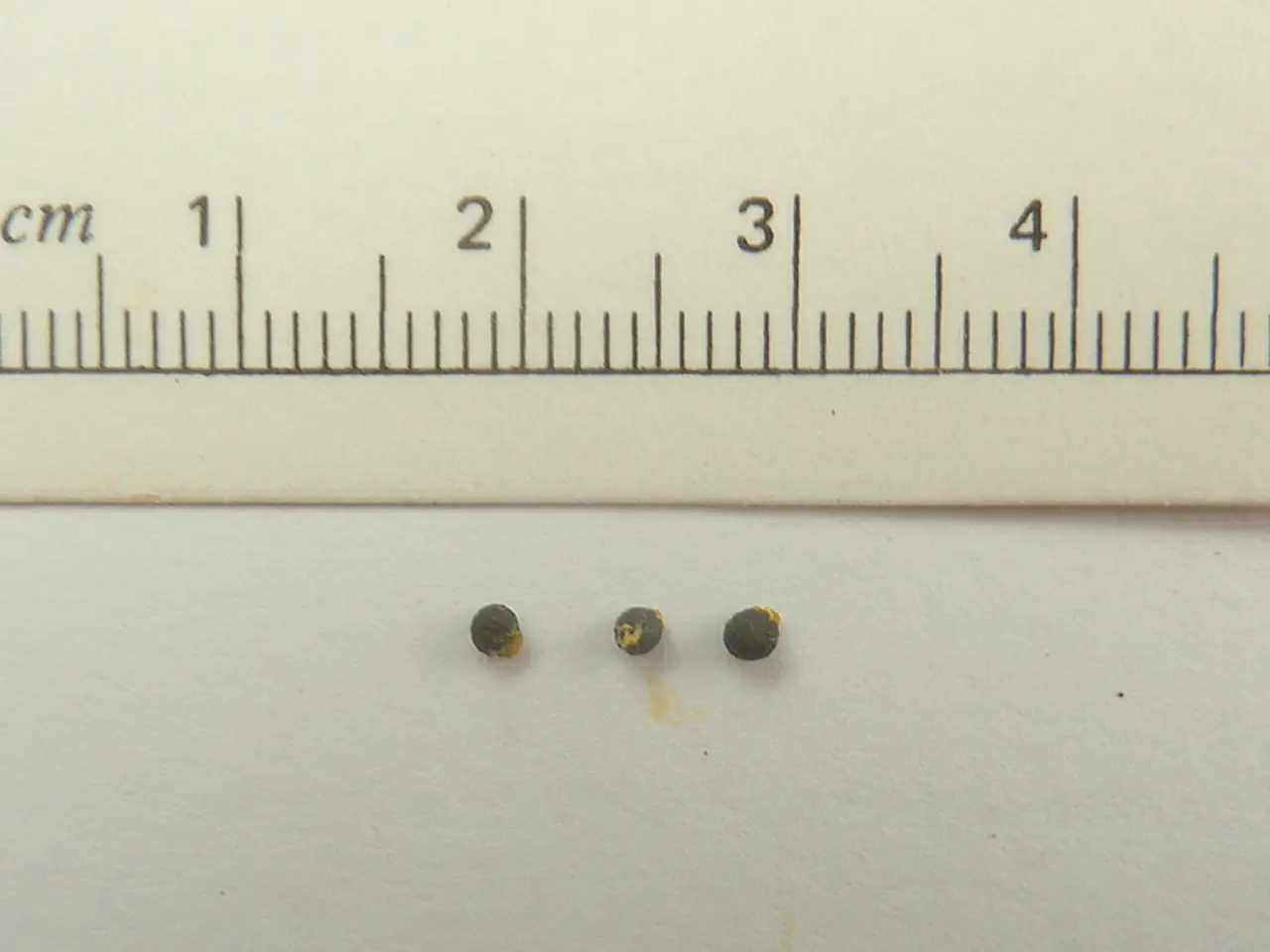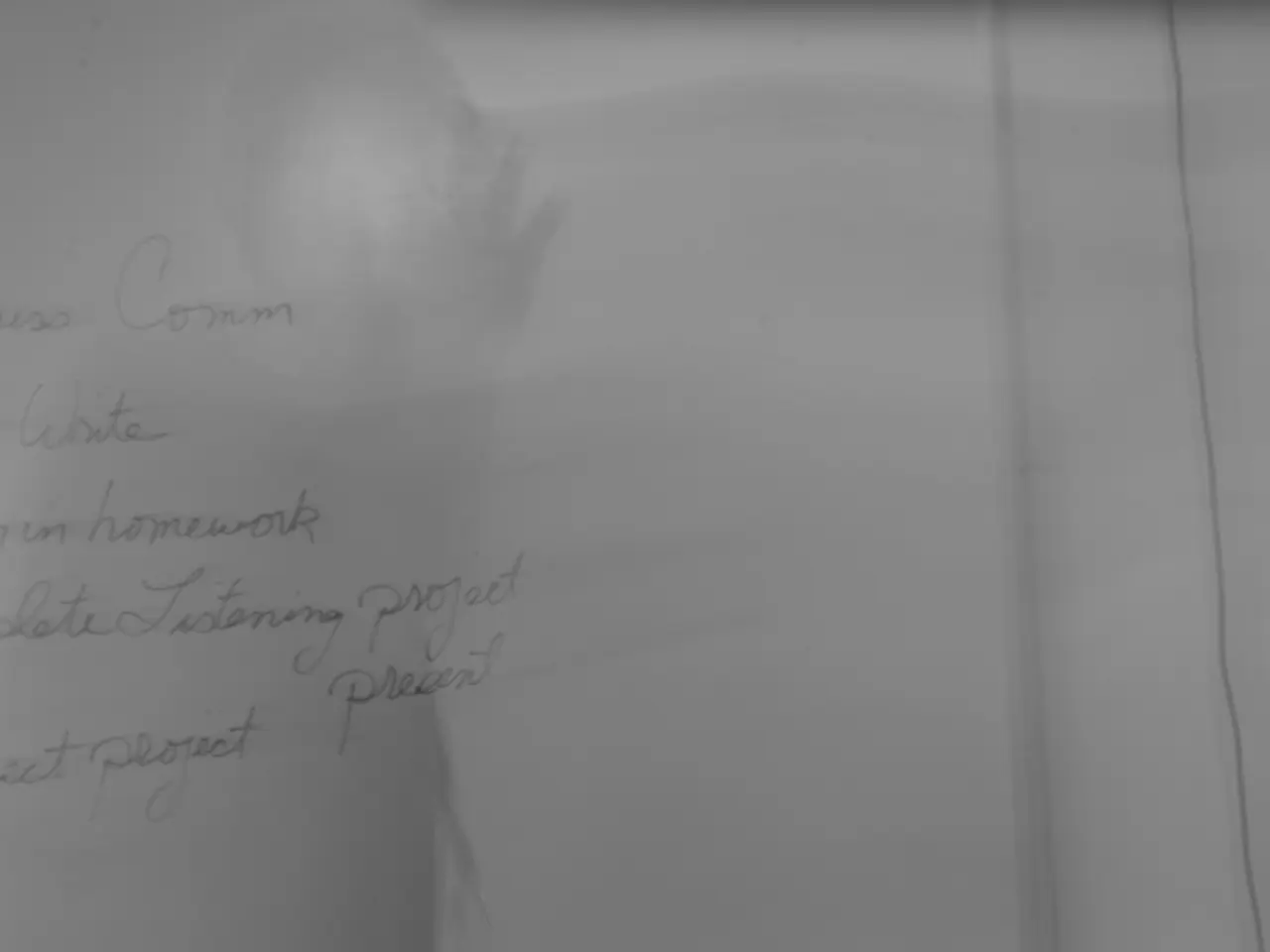Unidentified High Blood Pressure in India: The Quiet Public Health Emergency
India is grappling with a significant burden of hypertension, with an estimated 300 million affected and a substantial proportion remaining undiagnosed. This issue, particularly prevalent among young populations and working professionals in Tier-2/3 cities, is costing the country billions annually in productivity loss and healthcare expenses due to hypertension-related complications.
To address this growing concern, a multi-pronged strategy is proposed. This strategy aims to increase awareness, make screening more accessible, and promote early intervention.
Raising Awareness
Public health campaigns targeted at urbanising Tier-2/3 populations with busy lifestyles are being planned. These campaigns will emphasise the risks of hypertension in young adults and the importance of regular checks [5].
Increasing Accessibility to Screening
Integrating blood pressure checks into routine interactions in workplaces, pharmacies, and community centres is being considered. This move will facilitate BP measurement in locations convenient to working professionals who may not visit clinics regularly [5][2].
Utilising Technology and Mobile Health Platforms
Digital health tools, such as telemedicine and affordable wearable tech, could play a transformative role in early diagnosis and follow-up. Reminders, easy tracking, and teleconsultations can improve follow-up and adherence to screening guidelines for young, tech-savvy individuals [5].
Training Primary Healthcare Workers and Leveraging Community Health Volunteers
Training primary healthcare workers and community health volunteers to perform BP measurements during home visits or community outreach can help reach populations who may not seek care until symptoms appear [5][2].
Implementing Standardized Guidelines for Early Diagnosis and Individualized Treatment
Implementing standardized guidelines for early diagnosis and individualized treatment for young hypertensives, as per multispecialty consensus, ensures that younger individuals receive appropriate, age-specific care and counseling [5].
Promoting Lifestyle Interventions Early
Preventing progression to manifest hypertension is crucial. Therefore, promoting lifestyle interventions early, including physical activity, dietary modification, and stress management, especially adapted to working professionals’ irregular schedules, is essential [4][5].
Regular Monitoring and Follow-up Systems
Regular monitoring and follow-up systems are necessary to ensure those diagnosed receive timely treatment. Data shows poor blood pressure control persists even after initial diagnosis, underscoring the need for sustained intervention [1][3].
Integrating hypertension awareness into school and college curriculums is also being proposed as a solution. Mandatory BP screening at all Primary Health Centres (PHCs) and government hospitals is proposed as another solution. Incentivizing annual health check-ups in corporate settings is another suggested approach.
Moreover, the National Digital Health Mission (NDHM) could integrate hypertension tracking features into its platform. Encouraging home BP monitoring, particularly in high-risk families, is also proposed.
Addressing undiagnosed hypertension in India is not just a public duty, a social priority, and a national necessity, but also a silent threat to the country's vision of becoming a global economic powerhouse. With these strategies in place, early detection and management of hypertension among young, working populations in Tier-2/3 cities can be improved, reducing the long-term cardiovascular disease burden.
In the proposed multi-pronged strategy, digital health tools such as telemedicine and wearable tech are expected to play a transformative role in early diagnosis and follow-up for hypertension among tech-savvy young individuals, thereby promoting early intervention. To reach populations who may not seek care until symptoms appear, training primary healthcare workers and community health volunteers to perform blood pressure measurements during home visits or community outreach is being considered.




